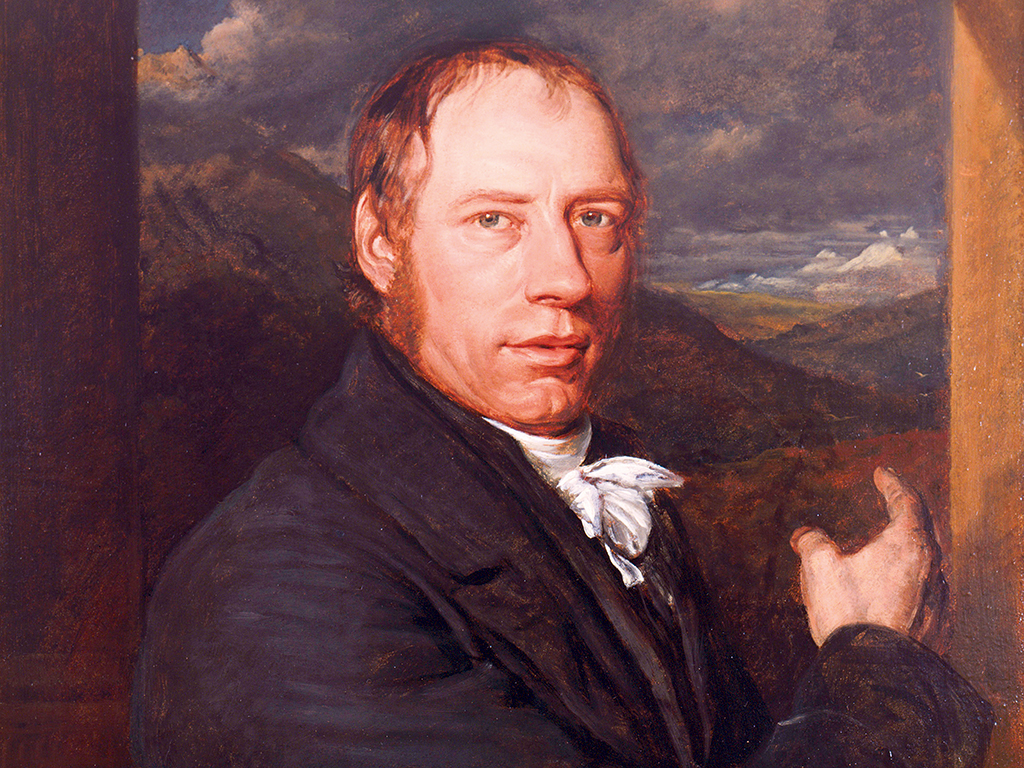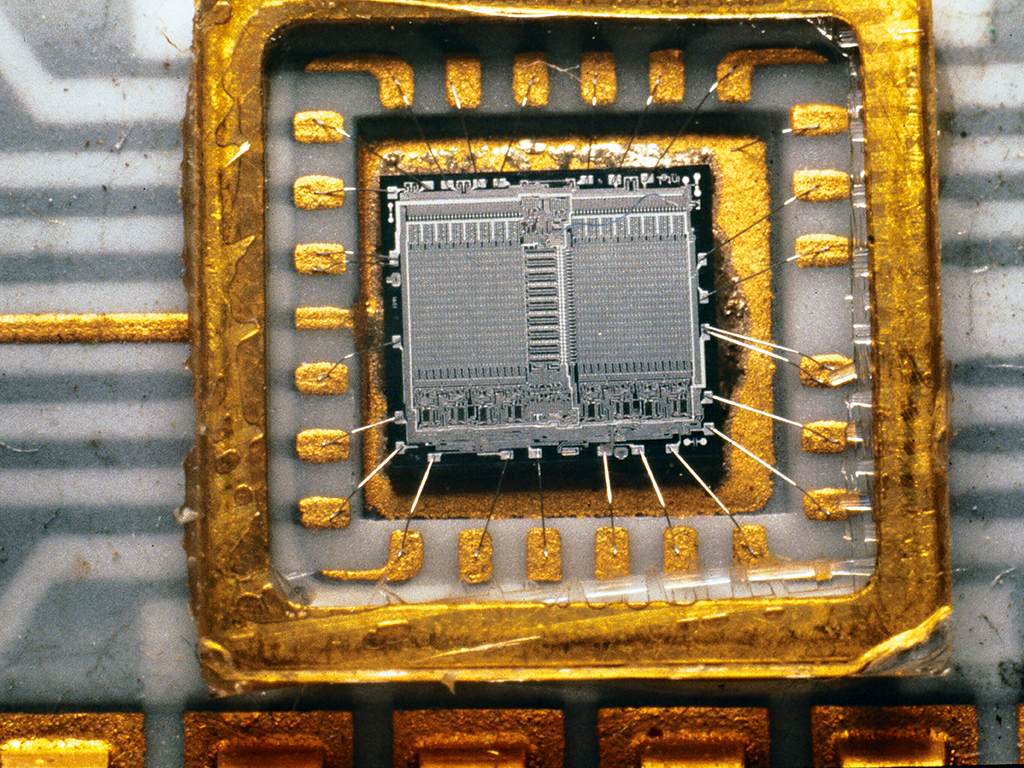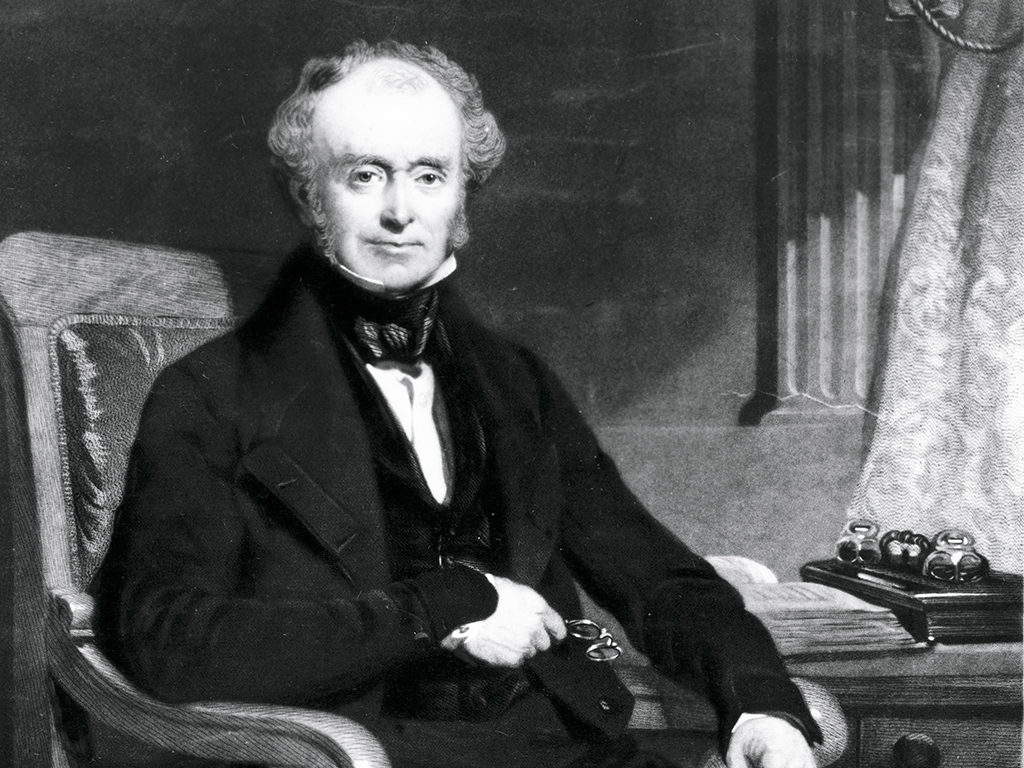The Brits: great at inventing, not so successful at monetising
Britain has a rich and proud history of invention – it helped create the modern world. However, it has a lousy track record in making any money from its innovations

Brits have made enormous contributions to advancing the modern world, but have had a notoriously difficult time profiting from their inventions
For a country as small as it is, the UK’s contribution to the world of science and technology is astounding. Some of history’s greatest innovators have come from the British Isles, helping usher in a wave of staggering technological advancements that have benefited the world. However, for all the scientific breakthroughs made by British researchers, few have translated into the sort of riches seen in places such as Silicon Valley.
With notable and respected research centres across the country, it is surprising how few Britons over the last century have garnered both praise and monetary rewards for their work. While there are some, such as James Dyson, who have been rightly praised for their inventive minds, all too often it seems a small UK technological innovation is snatched away in the early stages of development by a foreign rival. By contrast, the US has seen fortunes made for a vast number of people across Silicon Valley, thanks in large part to its commitment to both investing in ideas and helping researchers get the necessary funding, advice and support they need to realise their dreams.
[A]ll the jobs and wealth are created abroad, and do not benefit the British economy
The valley of death
Last year, British science journalist Michael Mosley wrote that the country had a chronic problem with monetising its inventions: “Perhaps because we are used to getting there first, we constantly fail to commercialise British inventions. Tim Berners-Lee, the father of the worldwide web, is rightly applauded for giving his invention to the world – yet on another level it would have been nice if he could have benefited from his work in the way Google’s founders have done.”
In a report released in 2013 titled Bridging the Valley of Death: Improving the Commercialisation of Research, the UK parliament’s Science and Technology Select Committee outlined the need for transforming the country’s world-class research into commercially viable products. The report said: “There exists the concept of a valley of death that prevents the progress of science from the laboratory bench to the point where it provides the basis of a commercially successful business or product.
“The future success of the UK economy has been linked to the success of translating a world class science base to generate new businesses with the consequent generation of UK jobs and wealth. For decades, governments have sought to promote technological innovation and ensure that the UK benefits from its world-class science base.”
The report added that, while many technology companies launch in the UK and do much of their development at home, they are soon snapped up by foreign firms. When the technologies they have invented become profitable, all the jobs and wealth are created abroad, and do not benefit the British economy. “These businesses take time to develop and to become profitable in an environment where financing is focusing more on quick returns and less on risky investments,” the committee’s report stated.
Words without action
However, there are signs the current UK Government wants to harness the inventiveness of its best scientists for the good of the country’s economy. In 2011, a year after two Manchester-based scientists won a Nobel Prize for discovering the super-strong material graphene, Prime Minister David Cameron announced the government would be giving the researchers further money to develop and commercialise the technology. At the time, Chancellor George Osborne said it was part of the government’s efforts to turn British ideas into commercially viable products: “We will fund a national research programme that will take this Nobel-Prize-winning discovery from the British laboratory to the British factory floor. We’ve got to get Britain making things again. Countries like Singapore, Korea, and America are luring researchers with lucrative offers to move their research overseas.”
Unfortunately, it seems the UK has yet to realise this ambition. In August, news emerged that NASA had successfully tested an “impossible” electric space drive that relied on microwave technology. The drive had been in testing for a year, inspired by a paper published by the Chinese Academy of Sciences. However, the research stemmed back to a design by British inventor Roger Shawyer from 2001. Shaw’s EmdDrive had been widely derided at the time by critics, and failed to receive any funding from either private or public bodies in the UK. Now, if NASA’s research proves accurate, the drive could provide a far more efficient, longer-lasting and quicker way of powering spacecraft. If successfully scaled up, it could deliver a vessel to Mars in a matter of weeks, rather than months. Shawyer, sadly, is unlikely to see much of the credit for it, let alone the money.
Whether it is scepticism from peers, neglecting to patent an idea, or a surprising level of altruism, history is littered with British inventors who have failed to monetise their revolutionary ideas…
An inventor hall of fame
The worldwide web, Tim Berners-Lee
 While former US Vice President and environmental campaigner Al Gore has been heralded many as the father of the web, that accolade actually belongs to an altruistic British computer scientist called Tim Berners-Lee. It was while working as an independent contractor at Europe’s particle physics laboratory, CERN, in 1980 that Berners-Lee developed the worldwide web.
While former US Vice President and environmental campaigner Al Gore has been heralded many as the father of the web, that accolade actually belongs to an altruistic British computer scientist called Tim Berners-Lee. It was while working as an independent contractor at Europe’s particle physics laboratory, CERN, in 1980 that Berners-Lee developed the worldwide web.
Often confused with the internet, the worldwide web is a platform through which people can access and share huge amounts of information: the internet is the global system of interconnected computers on which the worldwide web operates, and has its origins in US Government work during the 1960s.
Berners-Lee devised a system of sharable information through links of ‘hypertext’ that could be spread through the internet. It was initially created as a useful and easy way in which physicists around the world could share their data with each other. Throughout the 1980s, Berners-Lee proposed widening the scope of the platform, suggesting in 1989 a “large hypertext database with typed links”. Eventually his boss at CERN, Mike Sendell, urged him to further develop the system, which resulted in the creation of the ‘World Wide Web’.
While Berners-Lee was at work in Europe, Gore was encouraging the US Government to invest in a network of connected computers known as Arpanet, which would later become the internet. All this work would establish a huge platform on which Berners-Lee’s system could thrive. Whereas the internet had previously been something used by governments, academics and technology enthusiasts, Berners-Lee’s contribution laid the foundations for it to be used on a far greater scale and in a far simpler form.
Berners-Lee would unveil his World Wide Web project in 1991, in a short post on an internet newsgroup. He made it publicly available at no cost, offering his system to the world to enhance and collaborate with. He wrote: “The WorldWideWeb (WWW) project aims to allow all links to be made to any information anywhere… The WWW project was started to allow high-energy physicists to share data, news, and documentation. We are very interested in spreading the web to other areas, and having gateway servers for other data. Collaborators welcome!” He could not have known that his invention would go on to transform the world in a way not seen since the Industrial Revolution.
The steam engine, Richard Trevithick
 An invention that paved the way for the industrialisation of the world, the steam engine can be claimed by a number of people. Spanish inventor Jerónimo de Ayanz y Beaumont first patented a steam engine design in 1606, before Thomas Savery patented a steam pump in 1698. However, the first commercial use of a steam engine didn’t occur until 1712, when English inventor Thomas Newcomen developed one that could be used to pump water out of a mine. While the steam engine was put to use in a number ways during the 18th century, it wasn’t until the turn of the 19th that Richard Trevithick, an inventor and mining engineer from Cornwall, devised a contraption powerful enough revolutionise the world. His work on steam power proved crucial to the development of the technology for mass transportation, but is rarely spoken of nowadays.
An invention that paved the way for the industrialisation of the world, the steam engine can be claimed by a number of people. Spanish inventor Jerónimo de Ayanz y Beaumont first patented a steam engine design in 1606, before Thomas Savery patented a steam pump in 1698. However, the first commercial use of a steam engine didn’t occur until 1712, when English inventor Thomas Newcomen developed one that could be used to pump water out of a mine. While the steam engine was put to use in a number ways during the 18th century, it wasn’t until the turn of the 19th that Richard Trevithick, an inventor and mining engineer from Cornwall, devised a contraption powerful enough revolutionise the world. His work on steam power proved crucial to the development of the technology for mass transportation, but is rarely spoken of nowadays.
It is widely agreed George Stephenson invented the steam railway; building the first publicly used inter-city rail line in the world that used steam locomotives in 1830. However, Trevithick’s work decades before acted as a crucial precursor to the dawn of rail travel. Towards the end of 1801, Trevithick tested a steam car that could climb a steep hill, making him the first person to successfully power a piston with high-pressure steam. In 1803, Trevithick was summoned to Samuel Homfray’s ironworks in South Wales to look at developing the high-pressure engines he had used for road engines. Homfray pushed Trevithick to devise a way of converting the engines into rail locomotives, and thereby help transport the heavy iron from Homfray’s factory across the country. Such was the scepticism that a local rival, Richard Crawshay, bet Homfray 500 guineas the journey wouldn’t be completed. A year later, however – and thanks to the work of Richard Trevithick – the first steam-powered rail journey in the world ran nine miles across Penydarren to the Merthyr-Cardiff Canal in Wales. Sadly, while the journey was successful, it was not one that could be easily replicated and Trevithick’s engine was considered too heavy for the rails.
Trevithick’s work on high-pressure steam engines would be taken by other inventors in the years that followed – including such celebrated 19th century engineers as George Stephenson and Isambard Kingdom Brunel – and refined to a point that made the machines lighter, more efficient and easier to transport.
Microchip, Geoffrey Dummer
 The impact the microchip has had on the world cannot be understated. An integral component of a staggering array of devices – including ATMs, digital watches, computers, smartphones and video game consoles – the microchip is what binds all these technologies together and allows them to operate.
The impact the microchip has had on the world cannot be understated. An integral component of a staggering array of devices – including ATMs, digital watches, computers, smartphones and video game consoles – the microchip is what binds all these technologies together and allows them to operate.
Also known as an integrated circuit, the microchip is a set of electronic circuits made from semiconductor material. Credit for its invention can again be given to a number of people. In 1949, German engineer and Siemens AG employee Werner Jacobi filed a patent for a semiconductor that resembled an integrated circuit and was used as an amplifying device. However, it was never given a commercial application. Three years later, British radar scientist Geoffrey Dummer conceived the first integrated circuit, which he presented to the general public at a conference in Washington DC. Unfortunately for Dummer, nobody took his plans seriously and he was unable to obtain any funding to build the chip. Dummer’s was later hailed as a pioneer and “the Prophet of the Integrated Circuit”, but his campaigning for the UK Government to invest heavily in the technology was met with indifference. Six years later, US firm Texas Instruments designed a similar microchip and stumped up the money to construct it. Texas employee Jack Kilby patented the integrated circuit in 1959 and was awarded a Nobel Prize in 2000 for his troubles.
Dummer put his lack of funding down to “war-weariness”. “The plain fact is that nobody would take the risk,” he later wrote. “The Americans took financial gambles, whereas this was very slow in this country.”
The match, John Walker
 You would think something so commonly used as the match would have made its inventor an absolute fortune. However, the man responsible for creating the first friction match considered the invention – created by accident – “too trivial” to warrant patenting.
You would think something so commonly used as the match would have made its inventor an absolute fortune. However, the man responsible for creating the first friction match considered the invention – created by accident – “too trivial” to warrant patenting.
John Walker, an English chemist practising at the turn of the 19th century, had developed a keen interest in creating fire more easily than with previous methods. It had already been established that a number of chemical combinations would result in a sudden explosion of fire, but there had yet to be a method discovered of transferring the flame to wood. In 1826, Walker accidentally dropped a wooden splint coated with a combination of sulphide of antimony, chlorate of potash, gum and sulphur. This combination resulted in a sudden flame that remained on the splint.
Walker began producing the matches (which he called ‘Congreves’ after the inventor Sir William Congreve) without patenting them. The matchboxes came with a piece of double-folded sandpaper that the match could be lit against. Walker only sold 250 boxes of his matches, but he probably didn’t worry too much as he was already quite rich. The credit for his invention only arrived once he had passed away.
Walker’s mistake in not patenting his invention was soon repeated by another inventor. Three years later, Scottish inventor Sir Isaac Holden came up with a similar match. Unfortunately for him, he neglected to patent his idea either, and a man named Simon Jones spotted his mistake at a demonstration. Jones quickly patented the idea himself and began selling his own ‘Lucifer’ matches, which would become hugely popular.
Had either Walker or Holden patented their ideas, they would have made a fortune. While Jones made a considerable amount of money from his quick thinking, his design, which suffered from an unfortunate smell, was soon usurped by others. Today, matches are an easy, cheap and widely available source of fire: 500 billion are used each year.













